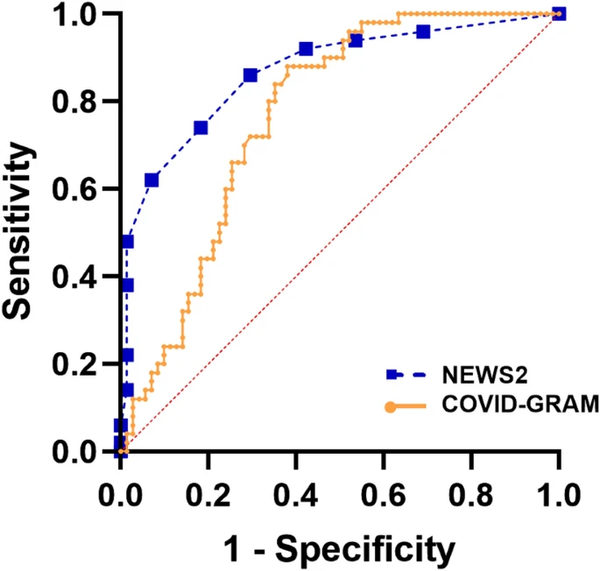A Letter to the Editor published in the Journal of Infection reports the "findings of a prospective cohort study to determine viral dynamics of SARSCoV-2 in mild to critical severity of illness, and the temporal viral burden at different body sites."
In conclusion, viral shedding in respiratory tract lasting longer than 14 days was common in all spectrum of COVID-19 severity. Clinical deterioration correlated temporally with viral replication in severe disease, especially in the lower respiratory tract, highlighting the importance of effective antiviral therapy. Extrapulmonary detection of SARS-CoV-2 PCR other than the gut was uncommon.

We observe two patterns of viral dynamics trajectory in the respiratory tract. In more severe disease, viral load appeared to peak in the second week of illness in both upper and lower respiratory tract. A more heterogeneous pattern was seen in milder disease. Time to dyspnea and intensive care was around 8–10 days after illness onset.5 Therefore, continued viral replication in the respiratory tract, correlated with this timing of clinical deterioration, as observed in other studies. This observation implied that antiviral therapy, rather than immunomodulatory agents, might be more effective as treatment for severe disease.







